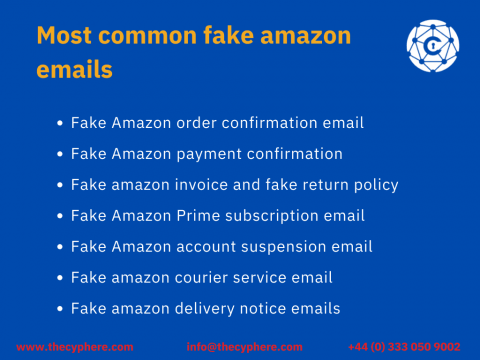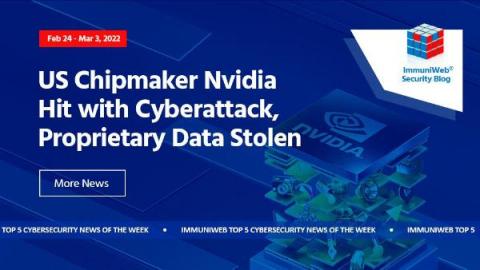Dark Web Insights: Evolving Cyber Tactics Aim to Impact the Russia-Ukraine Conflict
The Russia-Ukraine conflict currently is ongoing and continues to escalate. Trustwave is on heightened alert, and we are actively monitoring malicious cyber activity associated with and adjacent to the conflict between Russia and Ukraine.











